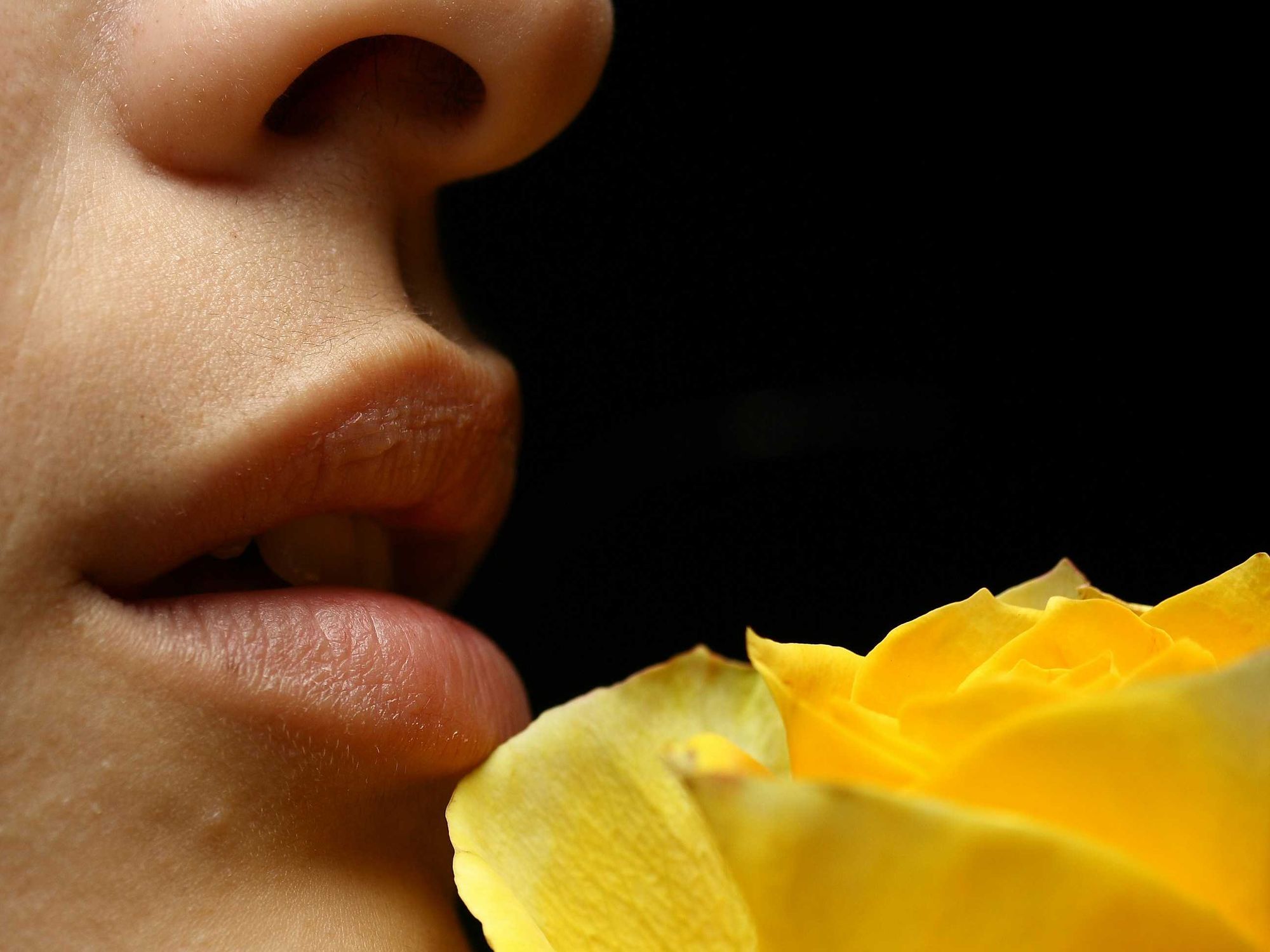Man shares his 3-part 'perfect night' and its simplicity is awe-inspiring
"That's the dream."
A man skips rock into water. A man drinks a beer at a firepit.
“Beware the barrenness of a busy life.” - Socrates
Sometimes, it's about getting back to basics. Stripping down all the extra noise and fabric to the bare, raw moments where time stands still and we can soak in just a dash of contentment.
For Canadian TikToker Nolan Reid, it really is about remembering the simplest things that bring happiness. Clad in a soft blue-gray shirt with his signature mustache, he faces the camera with a chyron saying, "My idea of a perfect night." He then points to three ideas floating on the screen while sweet music underscores the plan.
@nolanreid7 Last scene almost took a spill in the water, lets see your #perfectnight #myperfectnight #saskatchewan
- Skip rocks.
- Drink beers.
- Have a fire.
He then harkens the TikTok watchers to come along so we can experience his plan in action. As he stands on the embankment of a lake, while the orangey pink sunset threatens to descend, he begins (as promised) by skipping rocks into the water.
As the sun continues to set, now resembling the flicker of a cigarette, we see Reid walk onto a dock holding a beer in one hand as he continues skipping rocks with the other. We then see part three of his "very simple plan"—a small fire crackling off to the side.
For many, this pulls an emotional chord. For some (at least for me), it reminds me of my young Gen X childhood in a small Texan town. No cell phones, no distractions. Just a lake, a fire, and a few bubbly (albeit too sweet) wine coolers. Sometimes with friends, and sometimes alone as a time to under-think for once.
It's, in a way, Reid's version of stopping to smell the roses. Incidentally, Kelly Willis, Professor of Biodiversity at the University of Oxford recently shared on BBC Countryfile, "The impact nature can have on our wellbeing." She goes on to list different scents and their effect on our bodies. Of roses, she says, "Smelling roses makes you more relaxed and a calmer driver. Even smelling roses for as little as 90 seconds has been shown to trigger a reduction in participants’ physiological indicators of stress."

Reid asks his followers what their "perfect night" is. Nearly 170,000 likes and 450 comments follow, beginning with this kind one: "Not all heroes wear capes. Some have glorious mustaches and drink beer." Others continue to compliment Reid, claiming he is their inspiration and "Canadian hero." One shares, "If this isn't me in five years, I don't want life."
A few offer ideas for *their* perfect night: Fishing rods and tubes for tubing are added to lists. This person spoke in code, but it seems pretty clear what they mean: "Personally we would camp there and fish and also shmoke shome shmeed."
This wouldn't be the first time Nolan Reid has graced our pages. Within the last year, my Upworthy colleague Evan Porter shared a story from Reid where he lists "12 things that make men happy." (Among them, again, beer and skipping rocks. He adds in a good dog by your side and more.)
In fact, Reid's entire page seems dedicated to finding joy in the little tiny things we forget might make us feel good. Much of it is the pleasures of camping, with simple videos of Reid making breakfast. (These are often scored by Tragically Hip songs, because of course.)
@nolanreid7 Breaky in a beauty spot @Scout Campers #mountains #breakfast #hellyeah #MuzzyMade
